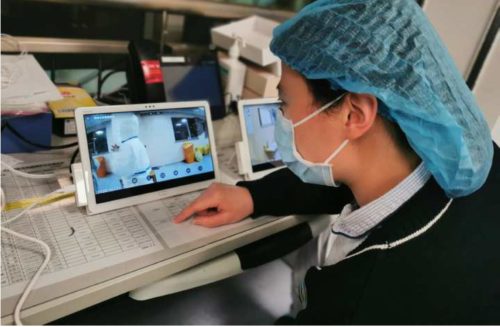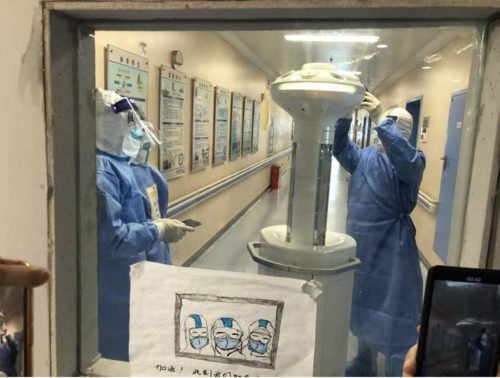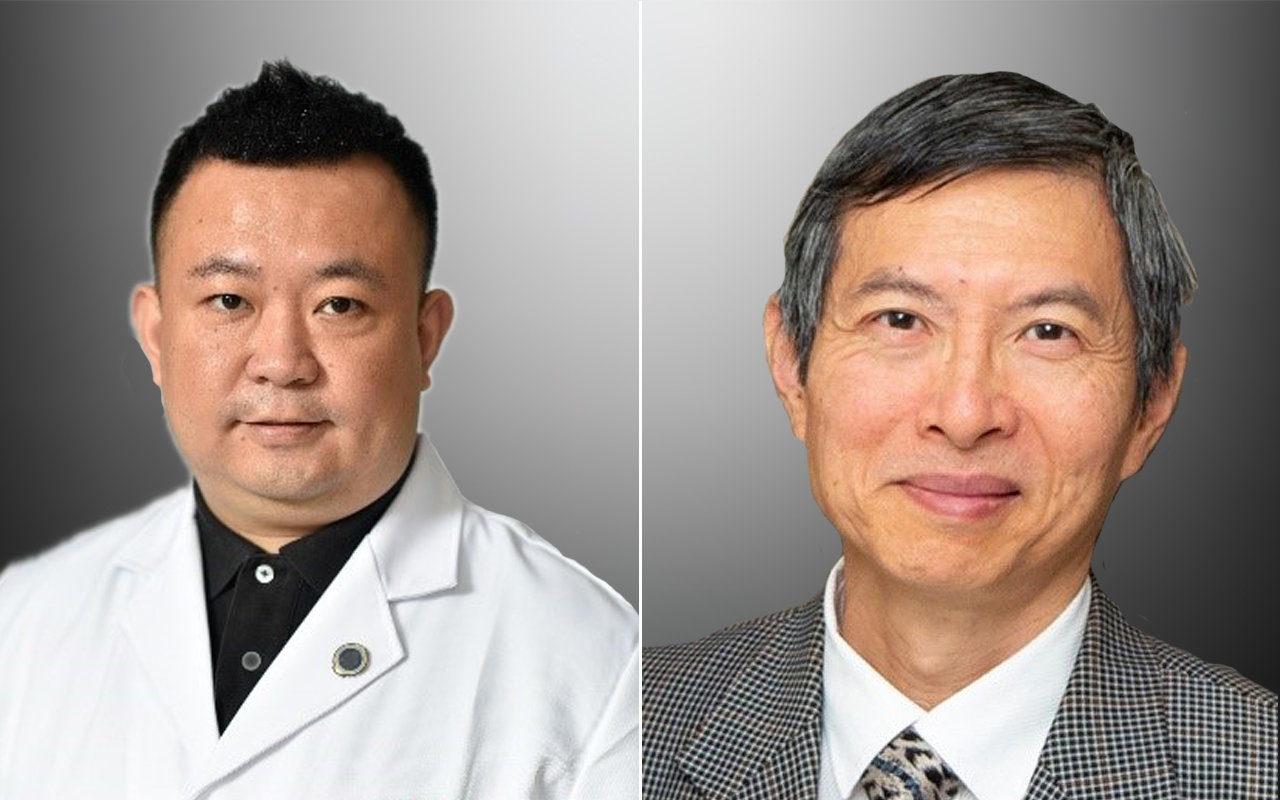I (FLK) AM a geriatrician from Ruijin hospital — a teaching hospital affiliated with Shanghai Jiao Tong University School of Medicine. In response to the call for volunteers, I joined a team of 136 health care workers and arrived in Wuhan on 9 February 2020. We were stationed in one of the two purpose-built hospitals for coronavirus disease 2019 (COVID-19) in the Optical Valley Campus and were organised to manage one of the COVID-19 severely sick units (SSU). Our goals were to reduce patient mortality and to provide palliative care to the patients who needed it.
In my opinion, the COVID-19 outbreak was managed effectively in Wuhan for two main reasons. First, the community believed in and followed self-isolation and wore masks when they went out outdoors. Second, the central government worked closely with the local government to implement a management system that classified and managed all patients according to their severity level (eg, to have diagnostic tests or not, to have treatment or observation). This stratification of clinical severity and guidelines contributed to the efficient use of resources.
Sharing some of my personal experiences on occupational protection and psychological counselling may be worthwhile and may help frontline doctors in other countries facing similar challenges.
Team protective measures
At the end of our deployment on 14 April 2020, including 2 weeks of self-quarantine, none of the 136 team members were infected. I believe this is inseparable from the meticulous protection work carried out in the hospital wards, the hotels where we lived, and the transport between the hospital and the hotels.
Hospital setting
In addition to conventional protection measures, such as wearing personal protective equipment and handwashing, the following special measures were added to better protect us:
- Social distancing for dinner: only three people could eat at the same time, with their backs facing one another and separated by 1 m or more.
- Artificial intelligence (AI) with remote feedback system (Figure 1): panoramic cameras were set up in contaminated areas and buffer rooms, capturing environmental and human images in real time through sensors. AI accurately identified human faces, behaviour and postures, and analysed what behaviour from workers was hazardous, prompting reminders to change the behaviour to reduce the risk of infection.
- AI disinfection robot (Figure 2): three disinfection modalities — ultraviolet, ultradry atomised hydrogen peroxide, and plasma air filtration — were integrally carried in one AI robot. Using autonomous navigation technology, the robot could accurately scan the layout of the ward and move to the corresponding areas to complete the disinfection task.


Hotel setting
The public areas of the hotel were divided into contaminated areas (for storage of outerwear and shoes worn by health care workers) and semicontaminated areas (all other public areas, including lobbies, elevators, atriums, aisles etc). Masks were compulsory in public areas. The hotel staff sprayed and disinfected public areas with benzalkonium chloride every day. Health care staff were also required to spray their outerwear and shoes to complete disinfection and changed their masks upon returning to the hotel after work. Visitors were not allowed to enter the hotel without permission.
Inside your own room there was no need to wear masks, but one would still divide the room into relatively contaminated areas and clean areas.
Shuttle
The driver was required to manage personal protection and hand disinfection and there was regular disinfection inside the carriage.
Psychological intervention for patients and their families
Some patients and their families had anxiety (especially the middle-aged and older people), including excessive worries about their condition and missing family members. Our medical team would alleviate these concerns by sharing relevant information with patients and their families as well as encouraging them to communicate via mobile phones and videoconferencing. Nurses would draw cartoons for patients to help lift their morale. We would issue a “graduation certificate” to the patient upon recovery and discharge. We would also sing birthday songs and send birthday cakes to the patients to cheer them up and relieve their stress.
Psychological intervention for health care staff
As most staff did not have a background in infectious diseases, the psychological problems mainly came from fear of being infected. They also felt lonely, missed their family members and worried about family affairs. The main manifestations were emotional complaints, loss of appetite, and sleep disturbances. The team always emphasised the importance of protective measures. All staff’s safety was ensured through systematic training and assessment (eg, skills of donning and doffing protective equipment). We also carried out various activities, while maintaining social distancing, such as preparing food, playing table tennis or badminton, as well as exercise programs. In addition, we organised one-on-one pairings to share psychological issues, and professional psychologists conducted individual assessments and counselling.
Conclusion
The mission presented many challenges, but through careful planning, good teamwork and meticulous training, we all survived and achieved our goals.
Feika Li is an attending doctor of geriatric medicine in the Department of Geriatrics at Ruijin Hospital, Shanghai Jiaotong University School of Medicine. He is mainly engaged in the diagnosis and treatment of geriatric diseases and comprehensive geriatric assessment of the elderly.
Professor Daniel Chan is a senior geriatrician, Director of Aged Care and Rehabilitation at Bankstown-Lidcombe Hospital. He is also a Professor at University of New South Wales (Medicine).
The statements or opinions expressed in this article reflect the views of the authors and do not represent the official policy of the AMA, the MJA or InSight+ unless so stated.

 more_vert
more_vert
A shame the central government didn’t cooperate with us in the west as it did with the local government.
Well done at home.
But “the horse had bolted” out of Wuhan! into the world which took too long to take this virus seriously
Thank you for this interesting article. I’m pleased to see that psychological support was provided for both patients (and their families) and healthcare staff. Were non-health care staff (e.g. the shuttle drivers) also provided support?